RZB LED strips, modules, profiles and accessories
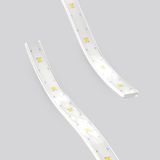


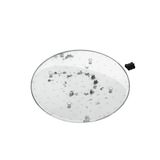
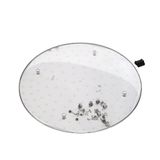
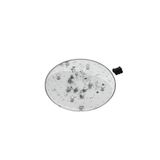


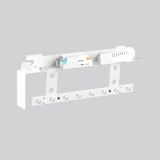
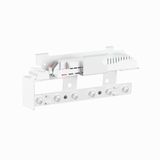



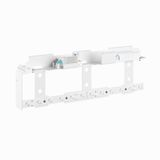
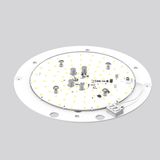

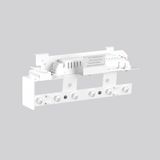


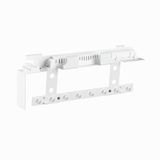
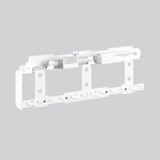
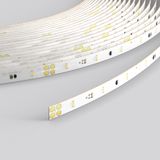
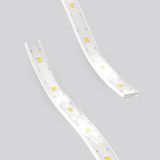

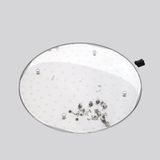
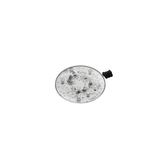
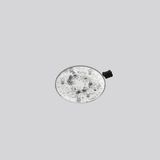

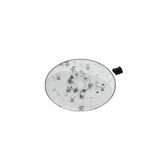
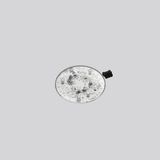
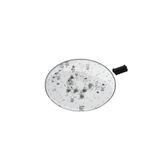
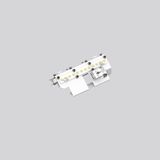
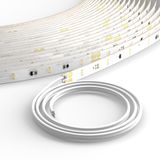

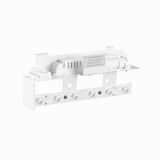
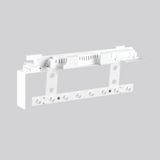




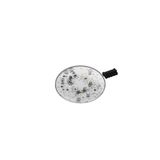

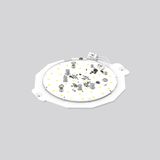
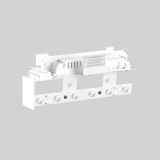
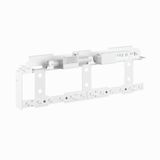
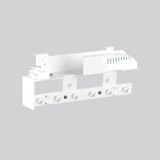
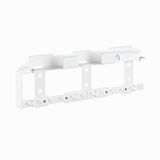





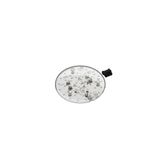


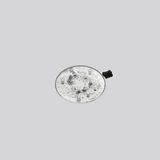

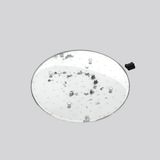


-
-
1
- 2
-
rzb led strips modules profiles and accessories for retail, office and hospitality
RZB’s low‑voltage platform covers flexible tapes, rigid boards, heat‑sinking profiles, and installation hardware that lets project teams build repeatable linear systems without ad‑hoc parts. Focus areas: stable photometrics, clean thermal behavior, and accessories that preserve IP and serviceability across multi‑site rollouts.
rzb led tape product range and formats
Electrical families 24 V DC as the estate standard for voltage drop and driver choice; 12 V for short decorative runs. Typical powers 4–20 W/m with constant‑current sections on premium lines to hold output over length.
Optical options lumen bands 300–2,000 lm/m; CCT 2200–6500 K; CRI ≥ 80 with high‑CRI ≥ 90/95 SKUs and strong R9 for material rendering. Tunable‑white tracks (2‑ch) and single‑channel colors/amber available where scenes matter.
Mechanics PCB widths 5–12 mm, copper 2–3 oz for lower voltage drop; cut pitches 25–100 mm with printed cut marks. Binning to SDCM ≤ 3 keeps batches visually consistent.
Protection indoor IP20 bare tape; over‑jacketed IP65 (gel/sleeve) and IP67 (extruded) for damp areas. Operating −20…+45 °C typical; observe Tc limits printed on the board.
Control dimmable via DALI‑2/0–10 V/PWM through constant‑voltage drivers; flicker‑optimized when paired with quality gear.
rzb led modules technical specifications and standards
- Rigid boards linear and area modules for coves and ceiling coffers; typical 700–3,000 lm/board at 350–1,050 mA (via CV‑to‑CC drivers or on‑board regulation).
- Color quality CRI ≥ 90 options, SDCM ≤ 3; available in specific CCTs for brand palettes.
- Thermal rated Tc points and aluminum cores on selected boards; design to keep ΔT modest and lifetime projections credible.
- Lifetime LEDs qualified to LM‑80 with TM‑21 projections; common ratings L80 B10 ≥ 50,000–60,000 h at ta 25–35 °C when Tc is respected.
- Safety/EMC modules within EN 62031; drivers to IEC/EN 61347‑2‑13; emissions/immunity EN 55015/EN 61547; photobiological evaluation EN 62471.
- Connections push‑in blocks or solder pads; polarity marks and pad spacing for repeatable on‑site work.
rzb aluminium profiles applications and thermal behavior
Profile types recessed, surface, corner, and pendant channels with snap diffusers (opal/clear/micro‑prism). Lengths in 1/2/3 m; cuttable on site.
Thermal role aluminum cross‑section sized to hold board Tc below limit at the target W/m; improves lumen maintenance and color stability under continuous duty.
Optics & glare opal for diffuse lines, micro‑prism for corridor batwing, clear for maximum lx or where lenses sit on the board. End‑caps and gaskets preserve ingress where used with sealed tapes.
Mounting spring clips, countersunk screws, or pendant kits; choose corner channels where wall‑washing is required.
rzb strip mounting kits installation and protection
Kits include clip rails, countersunk hardware, cable glands, and corner shields that protect wiring near the entry. For plaster‑in lines, use flange profiles with mesh edges; in damp zones, choose gasketed lids and stainless fixings.
Mount drivers on accessible trays; route SELV away from mains in separate ducting and add strain‑relief just inside the entry. Where EMC is sensitive (VFD rooms), use conductive plates and 360° screen bonds on control lines.
Integration with other RZB systems and controls
Linear sets pair with RZB downlights and panels to keep CCT/CRI aligned across the estate. Control via DALI‑2 scenes or 0–10 V/PWM where simple dimming is enough. For emergency, specify central battery or local inverters that maintain required flux in escape routes; select diffusers that preserve photometry.
Supply using constant‑voltage drivers with PF ≥ 0.9 and documented inrush; surge headroom ≥ 2 kV (L‑PE) is advisable where switching transients occur.
Applications and compatibility
- Retail coves and shelves uniform lines without spotting when board‑to‑diffuser distance is set in the profile; high CRI 90 for textiles and food.
- Offices and corridors batwing optics for spacing economy; tunable‑white in collaboration spaces.
- Hopitality and healthcare sealed profiles in splash zones; wipeable faces and consistent 3000/3500 K narratives.
- Back‑of‑house robust channels with opal lids for simple maintenance lighting.
Cable entries, glands, and fixings align with common enclosure practice; mirror routing with adjacent panels so maintenance reads drawings by habit.
Selection criteria for B2B clients
- Photometric target pick lm/m and optic (opal/micro‑prism/clear) to hit lux and UGR; lock CCT/CRI and SDCM ≤ 3 across sites.
- Electrical plan 24 V DC for long runs and driver diversity; size wiring for drop; confirm driver inrush and surge.
- Thermal path match W/m to profile cross‑section; verify Tc at worst‑case ambient.
- Ingress & hygiene IP20 indoors; IP65/67 where cleaning or moisture exists; choose stainless hardware in corrosive zones.
- Serviceability standardize profiles, diffusers, and connectors so crews carry one kit; record cut lengths and driver locations on the GA.
Procurement usually standardizes one 24 V tape family (CRI 80/90), one rigid module type for high‑lux lines, and two profile styles (recess + surface) to keep spares lean.
Advantages of working with Bankoflamps
Commercial terms follow your BOM with individual B2B pricing and formal offers. A dedicated account manager coordinates samples and logistics, and live EU‑wide stock is visible for planning. Quotes typically land in about an hour. Orders submit by EAN/MPN with clean traceability, and price lists are downloadable and current. You’ll see lead‑time and order‑status tracking plus purchase‑history analytics to consolidate SKUs. Trusted clients receive up to 30 days post‑payment. We also plan consolidated shipments to reduce freight costs, hold prices with validity windows, and support teams in France, the Baltics, Germany, Spain, Italy, Belgium, and the Netherlands.